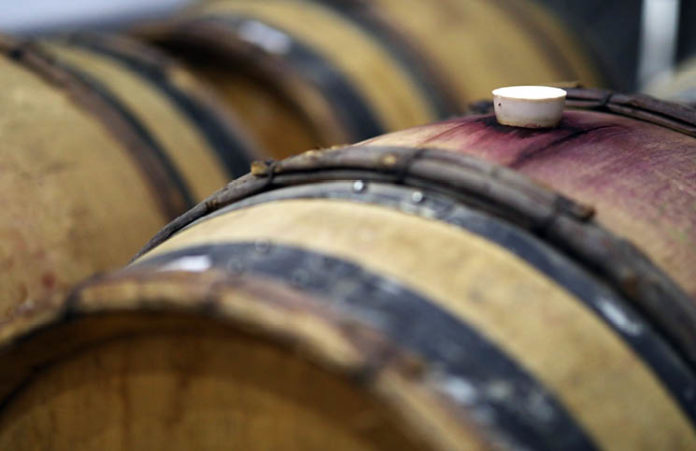
The consumer wine world is forever-changing. People’s tastes are determined by the latest restaurants, trendiest super foods on supermarket shelves, popular food programs on the telly and of course, what is best suited to enjoy with the weather.
We are sometimes oblivious to the fact that vineyards are even more so exposed to the ever-changing face of climate and weather patterns. Small changes in temperature and moisture may have drastic effects on the vineyards that ultimately need to produce the grapes that the winemaker needs to provide a consistent product. The fickleness of nature prodded our predecessors to plant different cultivars on different slopes and soil types as a form of insurance that would later be used to our advantage in producing different styles of wines for different palates.
The art of blending
Bottling a single cultivar to shine on its own and to emit all those unique characteristics associated with that particular variety is an art. However, the art of blending these cultivars is also an age-old tradition to combine structure and fruit for the ultimate balancing act of acidity, alcohol, sugar and tannins. This can involve blending different grape varieties and become as intricate as blending different vineyards of the same variety (like Cabernet Sauvignon and Merlot), different regions (like Walker Bay and Stellenbosch) and maturation vessels (like oak or concrete). Tediously but masterfully, each wine will be shaped to as little as 2% per cultivar to create that aimed style the winemaker has envisioned.
It is imperative to understand that blending wine is no haphazard affair. Each component needs to comply with the above rule that it portrays the best characteristics that the cultivar is known for. Wine blending is a skill that comes with years of experience – understanding the different cultivars but also understanding the terroir where they grow. A label stating 100% Chardonnay can still be a blend from different vineyards on the same estate or across regions that will be indicated in the Wine of Origin status on the label. The winemaker needs to scope for components that will best suit his blend to deliver a consistent style and balanced wine.
In the case of a regional blend, this could, for example, involve adding grapes from a coastal region to add acidity or blending grapes from a region known to provide more richness. However, it goes even deeper into the soil. Grapes used from vineyards planted on different soil types can also make a massive difference to a blend, adding structure and finesse. The age of the vines is also a yardstick for style.
It’s the consumers’ job to journey through various blends to understand the power of two … or five.
Samarie Smith is a certified taster and committed to spreading the wine gospel where she goes, albeit on wine judging panels, educational tastings or sharing the love while cooking for friends and family.
Follow on Instagram: @Samarie.Smith

